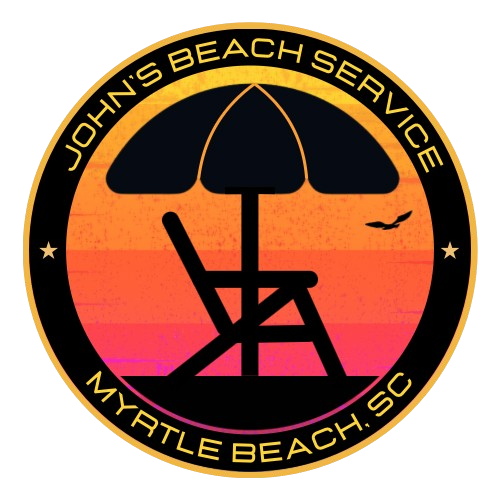All lifeguards must learn how to properly communicate using a radio. When addressing another stand or a supervisor you first start by saying their callsign and then yours. For example if you were stationed at Caribbean and wanted to contact your border guard (Jamaican) about a suspicious person, you would initiate communication by saying “Jamaican, Caribbean”. This gets the attention of the person you’re trying to contact first and then lets them know who is contacting them. All callsigns of managers and supervisors are the numbers between 601-606. See Table 4 for other callsigns. The fine for losing your radio is 800$.
| Callsign | Meaning |
|---|---|
| 10-7 | Taking a 15min break and will be off the beach |
| 10-8 | Break is over and you are back on the beach |
| Copy | I understand, I hear you. |
| Affirmative | Yes |
| Negative | No |
| 10-4 | Yes, okay |
| 10-9 | Can you repeat that |
| 25 | Meet halfway (for border-guards or supervisors) ex. “Can you 25 me?” |
| Signal 7 | Shark – We say this on the radio in order to make sure that beach-goers listening to the radio do not become alarmed when they hear the word shark. |
| Code 1 | Distressed swimmer with floatation device |
| Code 2 | Distressed swimmer without Floatation device |
| Code 3 | Multiple distressed swimmers – no matter if they have floatation |
| Code X | Drowning victim has gone under |

